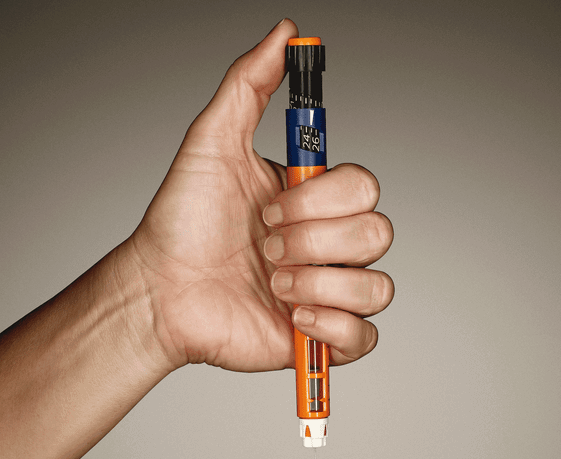
How to lower your heart disease risk
Managing your type 2 diabetes can also lower your risk of heart disease. Learn what you can do for both.
Insulin pens, whether they are disposable or reusable, need to be used and stored properly to function safely and effectively. Take the time to learn about caring for insulin pens to feel confident in your treatment plan. As well as the general advice below, you should also refer to the manufacturer’s instructions for specific advice on your pen.


If necessary, clean your disposable pen with a damp cloth, but don’t wash, soak or lubricate it.
Whether your insulin pen is disposable or reusable:
HQ24DI00296